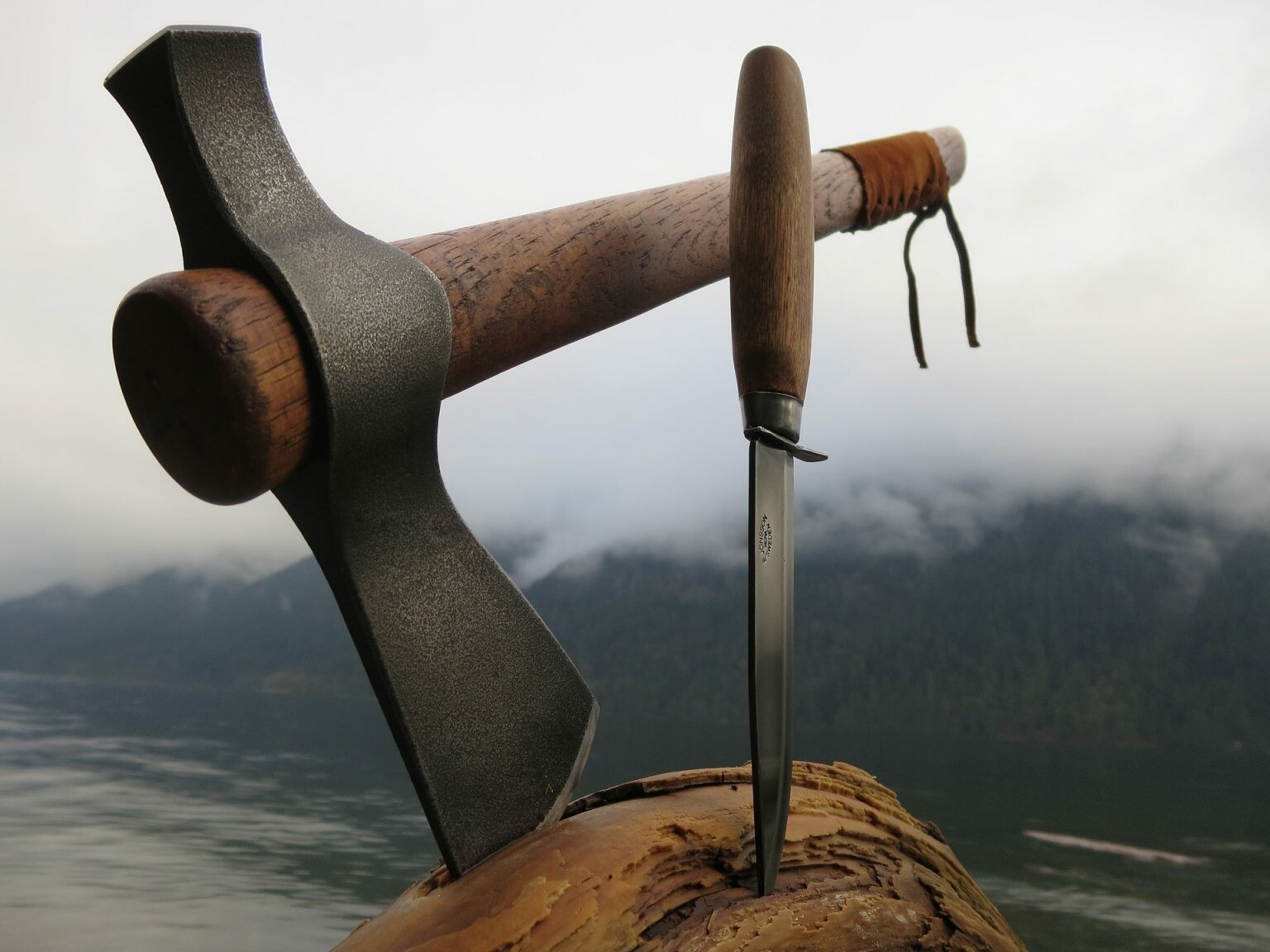
One of the first things I ever learned in the bushcraft arena is that your knife is probably the single most important tool to have. Using your knife you can collect & prepare shelter material, collect & process food sources, create fire and make other tools.
Needless to say, our cutting tools are very important, hence why they are one of the 5 Cs.
Knives
A fixed blade knife 4”-6” should be top of the list in this category. The blade should be flexible but not so thin as to be easily breakable. Your belt knife (EDC) should also have a 90 degree spine edge to be of best use with a ferro rod or for processing wood fiber. Stainless steel blades or corrosion resistant coated blades are usable, and obviously resist rust and corrosion, but they can hinder you a bit also. A stainless blade is harder to sharpen, and sometimes will not work as well with ferro rods. The same applies to a coated blade, you need to get the coating off the edge to maximize potential. A little more care care is required in a true high carbon steel blade (oiling, honing, etc) but I think it’s a good trade-off. Think back to your Grandma’s kitchen cutting block…..What was in it?
Saws
A saw is extremely useful in our craft, for two primary reasons. Firstly, less energy needs to be expended in a sawing motion during an operation like processing larger fuel. Secondly, more accurate cuts can be accomplished and less finishing work is needed to a cut end.
There are countless brands and types of folding saws out on the market, or you can fashion your own.
Axes/Tomahawks
Let’s all admit that when we think of outdoorsmen or our mountain man ancestors, one of the first images that comes to mind is either an axe or a tomahawk. The reason is simple. In the course of human evolution and development, the stone axe was probably the second cutting tool we ever developed.
An axe with a handle approx. 28” in length with about a 3lb head is perfect for felling and wood processing. This size of tool is very efficient in helping prepare and improve a camp. No need to go all Paul Bunyon!
The tomahawk as we know it today is really just a modern interpretation of those first stone axes our ancient primitive ancestors created. Small and light, with a narrow cutting face, the tomahawk lends itself to finer cutting work, and even food processing/skinning if you remove the head from the haft.
Machetes/Specialty blades
Machetes, parongs, kukri, etc all have a place for use. The thing to remember here is basically the terrain you’re in, and the most likely needed uses of the blade. A 2.5lb kukri blade is not going to be my best choice for skinning out and prepping a rabbit. Conversely, my 5” bushcraft knife wouldn’t exactly be the first choice for hacking through jungle thickets.
Basically, the right tool for the job is the rule here.
Whatever cutting tools you pick, make sure they are of good quality, and remember to keep them sharp and oiled.
*Be sure to click on the headings for products mentioned. As an Amazon affiliate, I will receive a small commission when you buy through these links. FYI, it doesn’t cost you anything extra, but it does help fund our site.
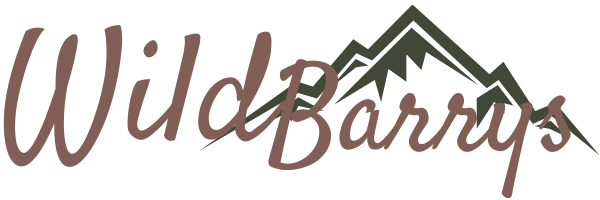

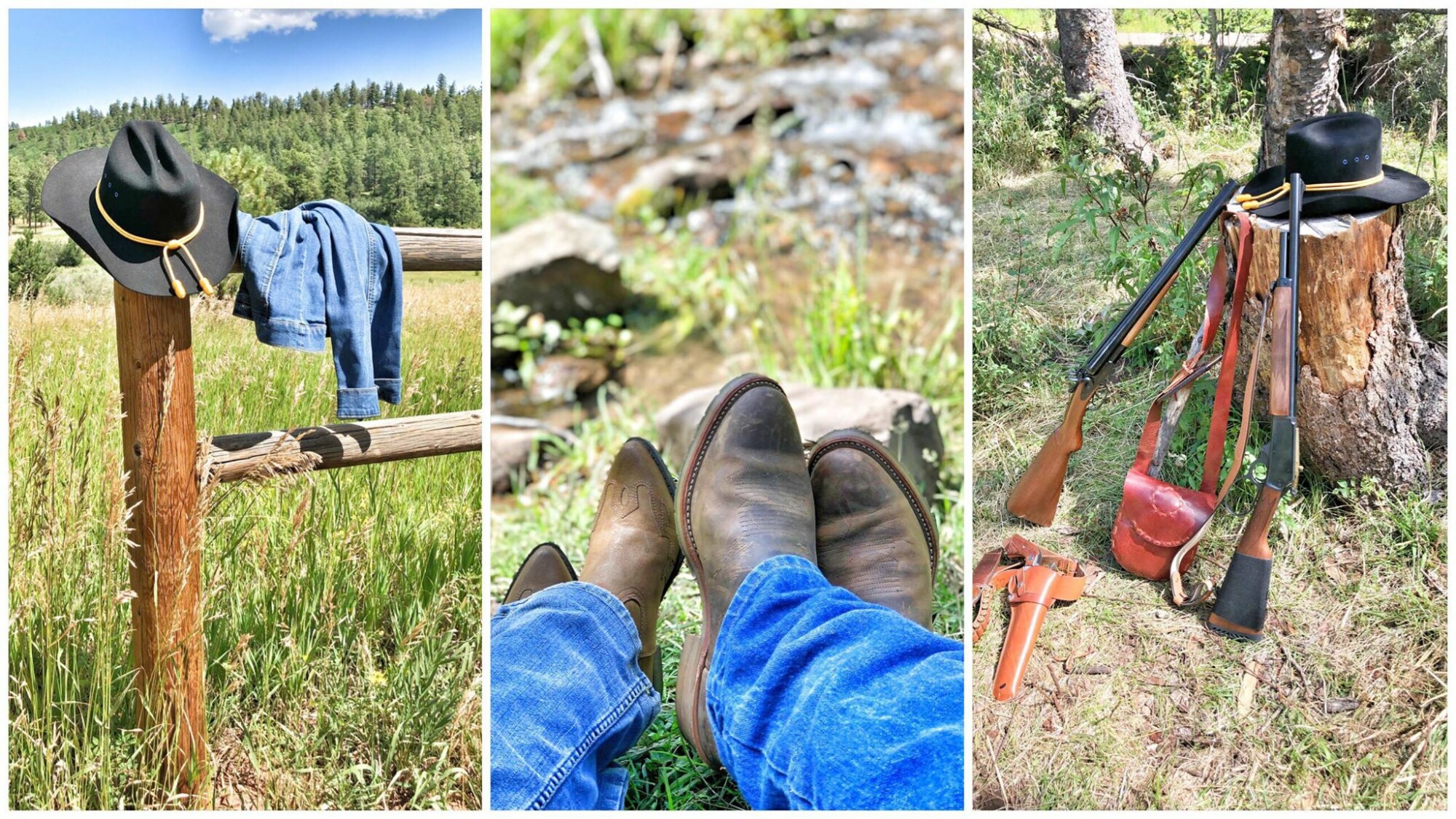
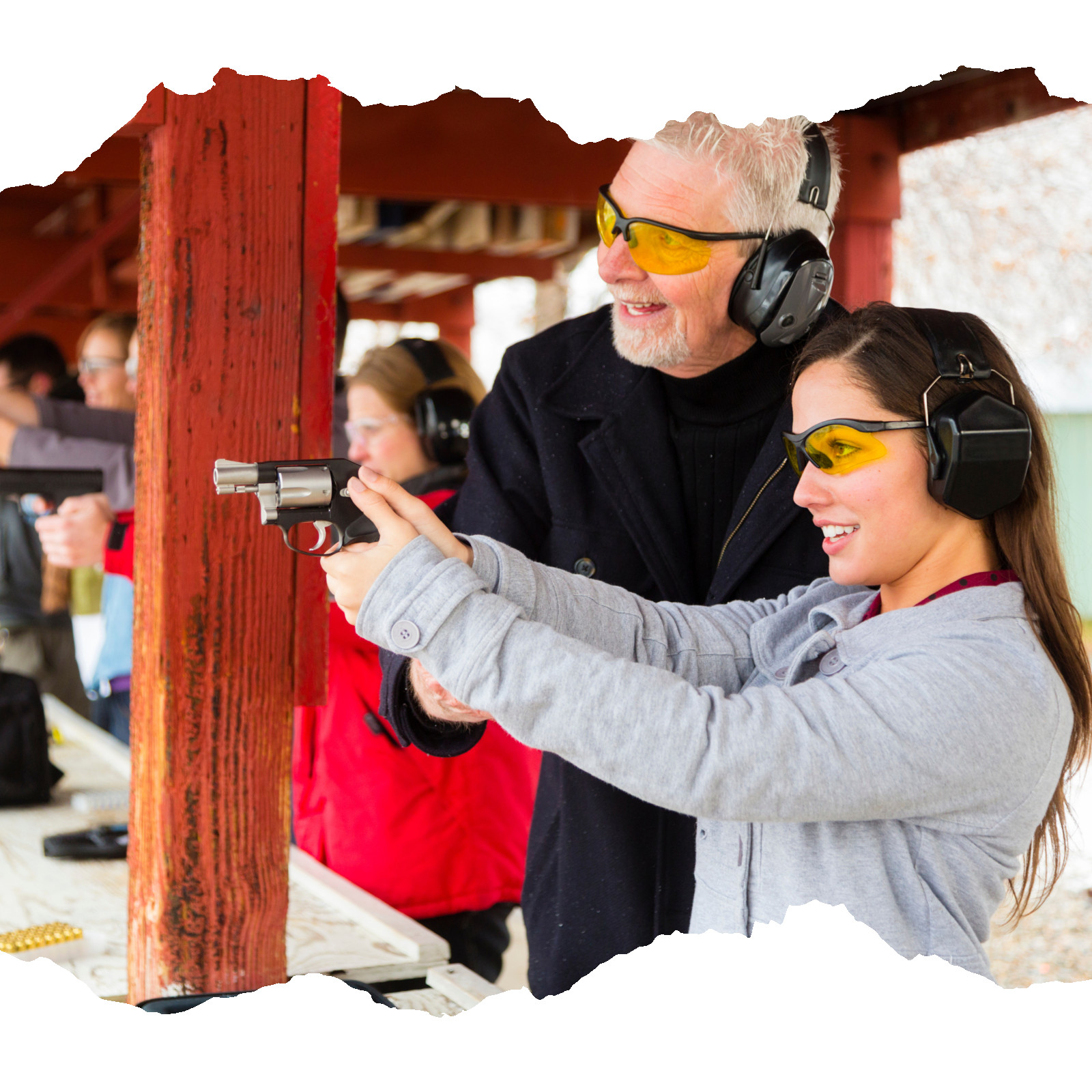

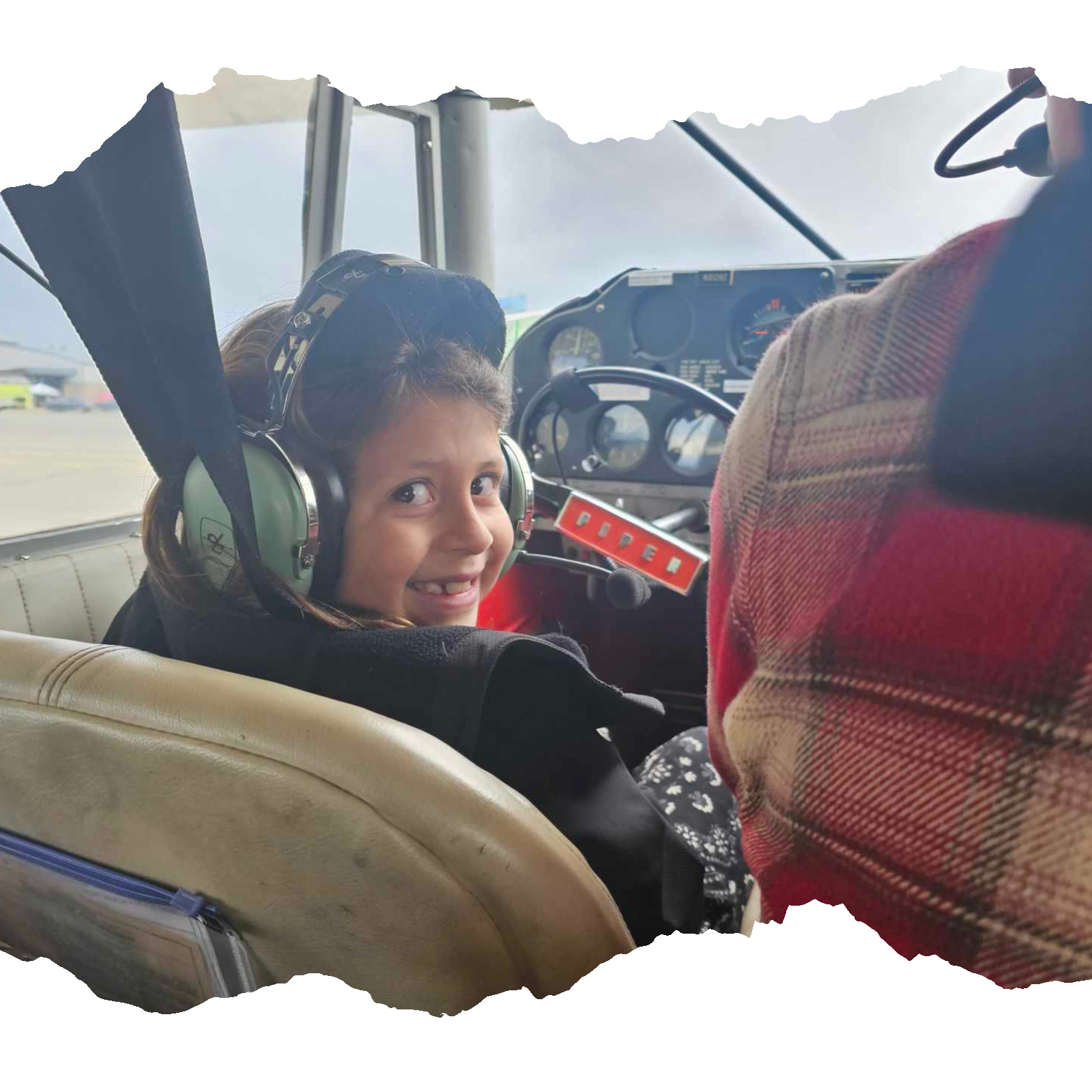
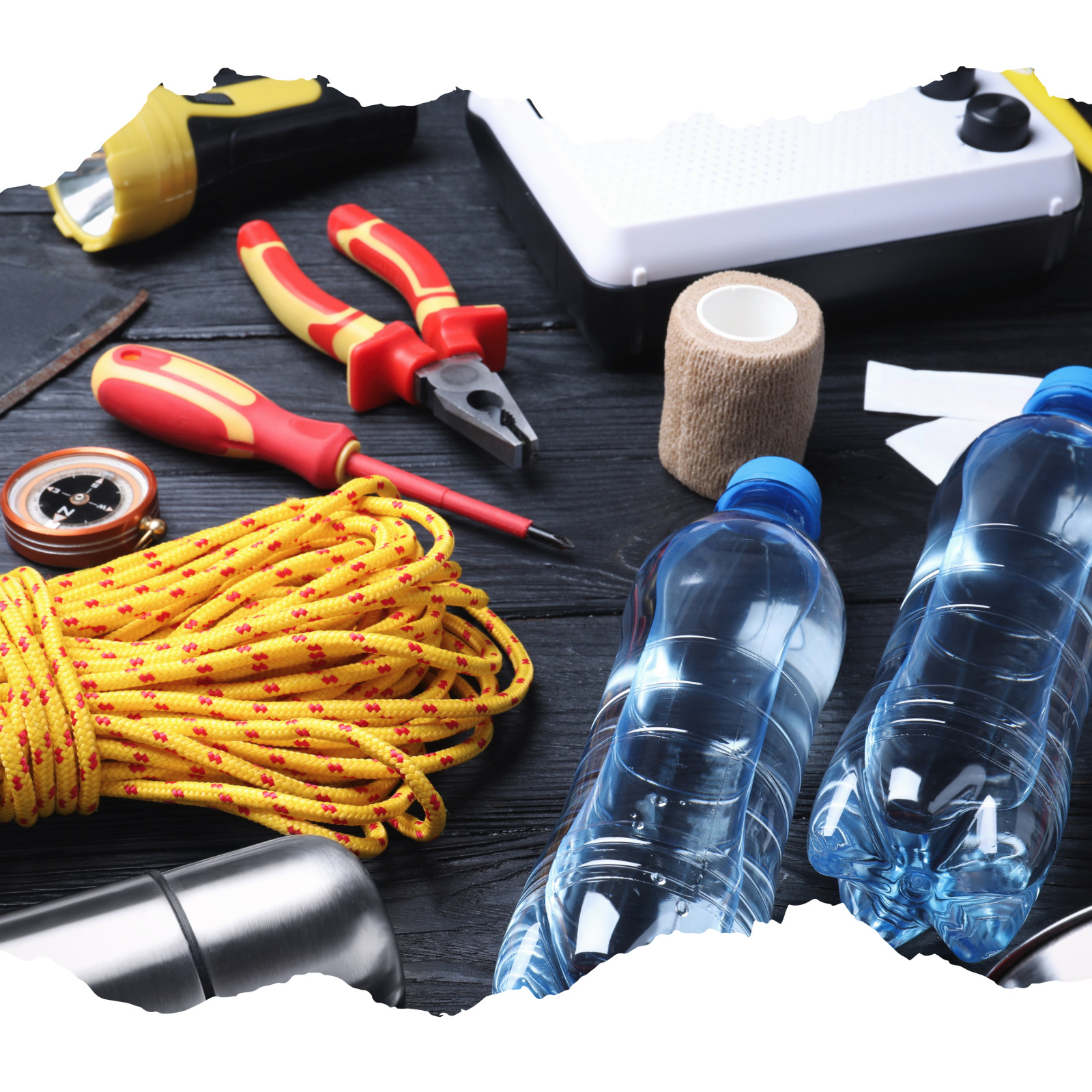



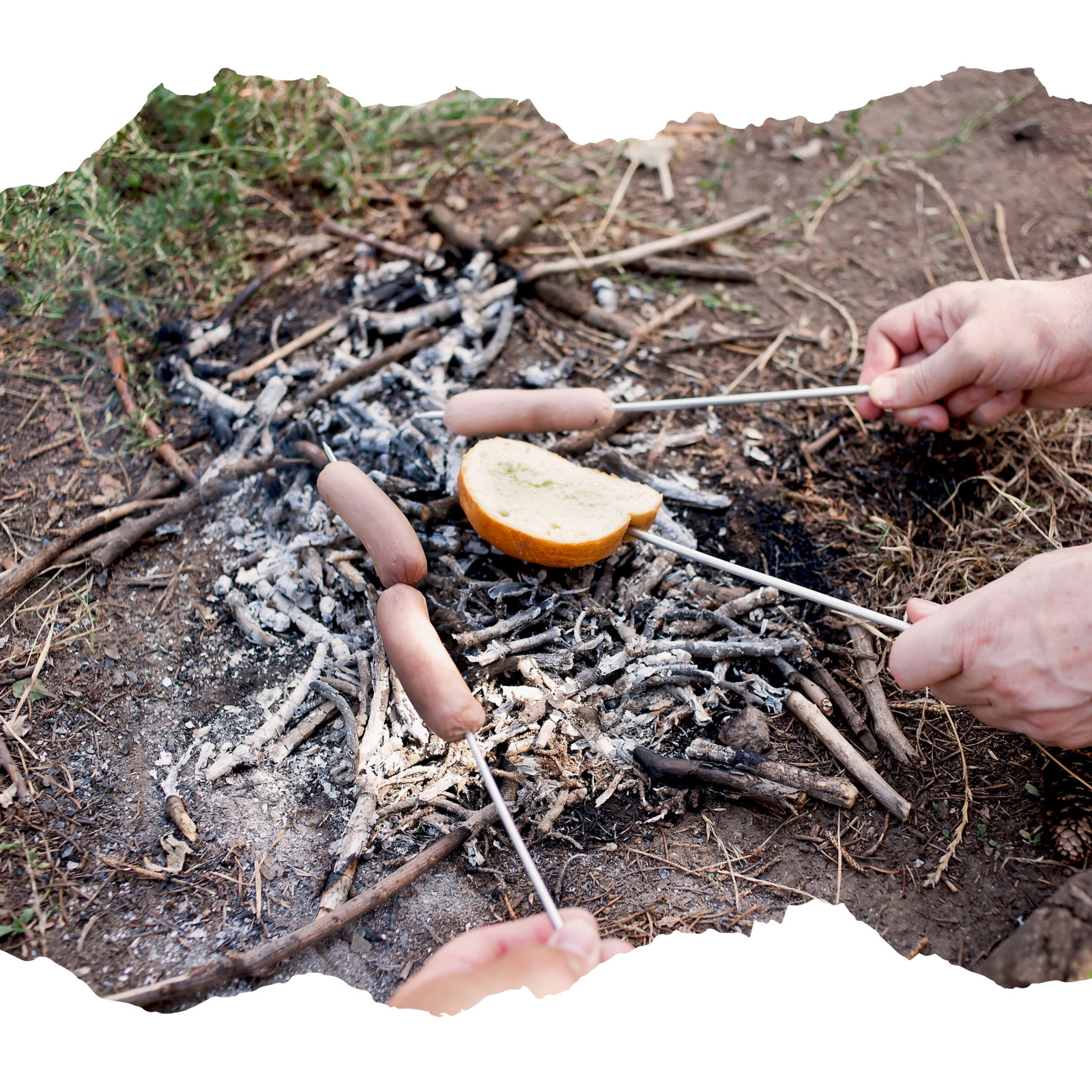

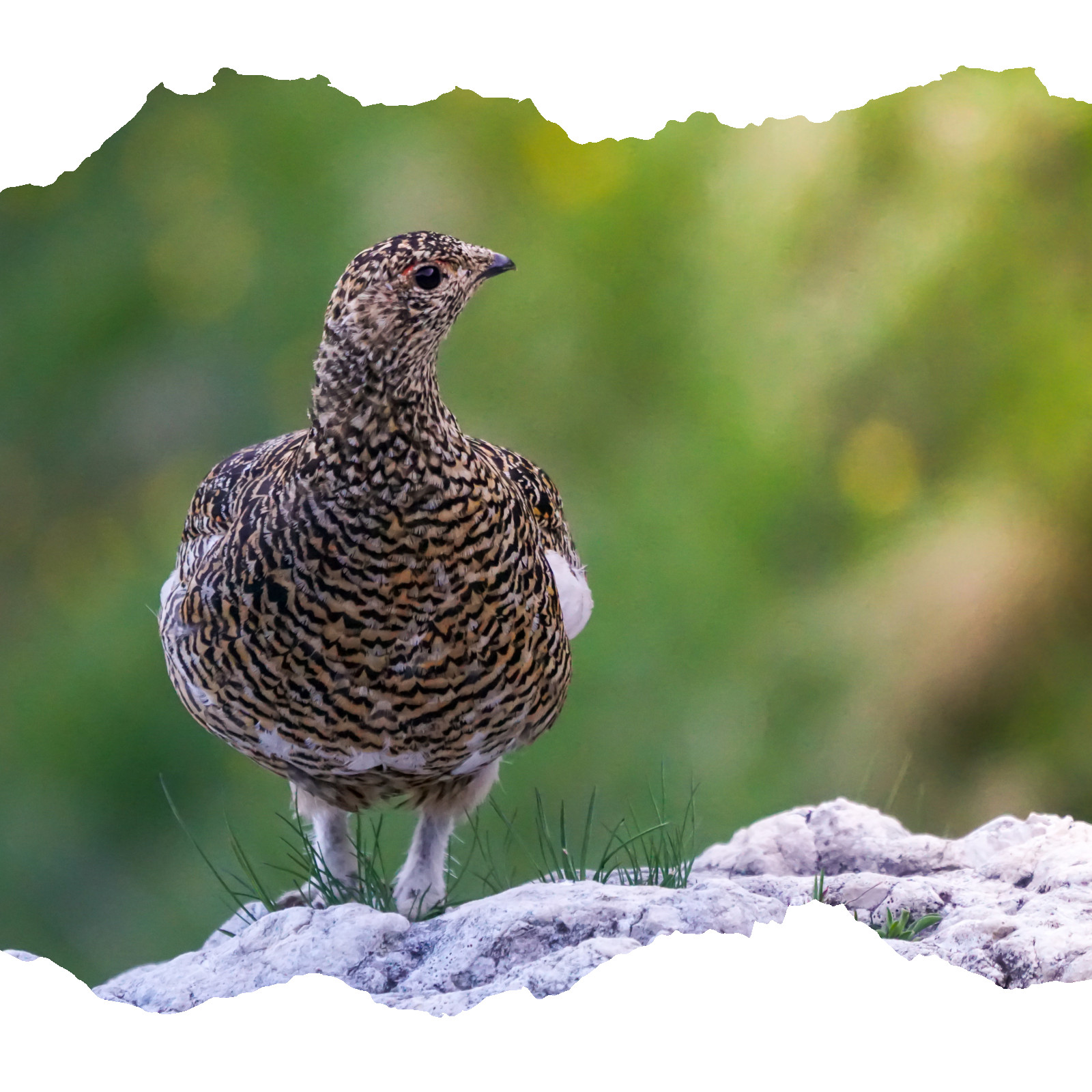





0 Comments